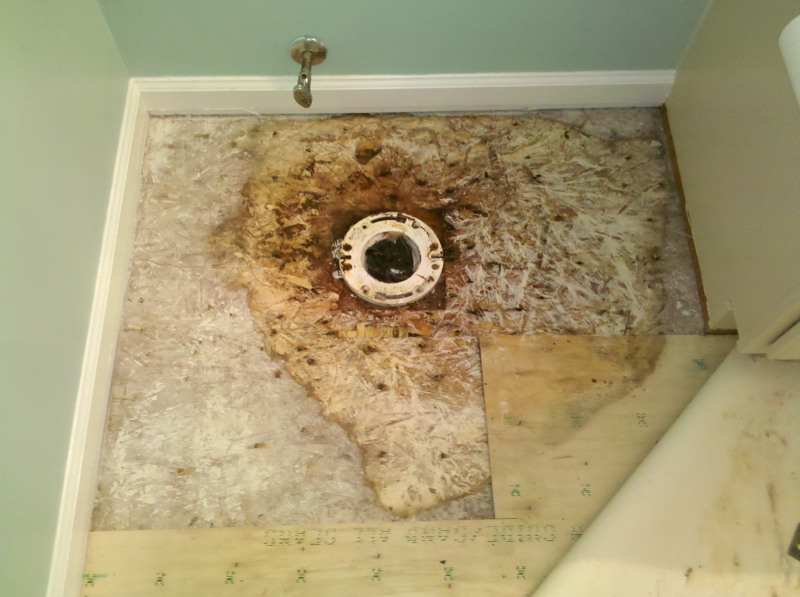Usual Reasons For Water Damage in a Bathroom
Usual Reasons For Water Damage in a Bathroom
Blog Article
The article author is making a number of great pointers on How to Prevent Bathroom Water Damage as a whole in this post just below.

The bathroom is extremely vulnerable for damp build-up and prospective water damages as a result of the constant use water in it. This article provides easy assessment techniques to help finding water damages threats.
The regular use water in the washroom makes it exceptionally prone for wet buildup and also potential water damage. By evaluating it regularly, you can decrease water associated damages.
The complying with set of evaluations is simple to do as well as must be done when in every three months in order to keep your restroom in good shape as well as to prevent potential water damages caused by the bathtub, the shower, pipeline joints and also plumbing, sinks, closets, and also the bathroom
Do not disregard doing these evaluations as well as be comprehensive while performing them. Keep in mind that these simple examinations can conserve you a great deal of money by offering early indications for water damages
Tub as well as Shower
The shower and bathtub call for unique interest and upkeep. Examine the ceramic tiles as well as replace if fractured. Make certain that there is no missing grout in between the floor tiles. Examine and change split caulking at joints where the walls meet the flooring or the tub. Clogged drains pipes and also pipes problems will certainly stop the bathtub from drying out as well as may show severe problems beneath the tub. Speak with a professional right away to prevent architectural damage. Pay attention to stainings or soft areas around the bath tub walls as they might indicate an inner leak.
Plumbing
Signs for water damage are difficult to spot given that many pipelines are set up inside the wall surfaces.
Pay special attention to floor covering as well as wall surfaces moisture and also spots as they may suggest an unnoticeable plumbing issue. Check dampness levels in adjacent rooms also.
Sinks and Cabinets
Sinks as well as cabinets are subjected to dampness as well as moisture everyday and also are frequently forgotten. Inspect on a regular basis under the sink and on the counter top over it. Repair any kind of drip in the trap as it might recommend drain troubles. Look around the sink, sluggish draining pipelines may suggest an obstructed drain. Replace sink seals if they are split or loose.
The Bathroom
The toilet is a prone water joint. Check the water lines and also search for leakages around the toilet seat, in the pipe, and also under the water storage tank. If you identify any type of indicators of moisture on the flooring around the commode, check for leakages in the toilet rim as well as container seals.
Understand that hanging commode bowl deodorants raises the chances for blockages.
10 TIPS TO PREVENT WATER DAMAGE IN THE BATHROOM
The average household uses approximately 80-100 gallons of water per person per day. For a family of 4, that's almost 2,500 gallons of water a week! The largest portion of this consumption comes from bathroom use. Flushing the toilet uses the most water, followed by taking a shower or bath. With that much water running through the home, water damage in the bathroom is bound to happen. Knowing how to spot signs of a water leak is essential to preventing long-term damage. This guide provides you with tips to reduce the impact of water damage on your bathroom.
CAUSES OF BATHROOM WATER DAMAGE
Pipe breaks are the most common cause of water damage we see in our daily jobs. The age of a pipe plays a large role in a pipe break as well as corrosion. Over time, the metal begins to break down, allowing water to escape. Frozen pipe breaks are also a concern in the winter months. Toilet overflows caused by paper products or children flushing inappropriate items. Degraded caulking around the toilet or bathtub can allow water seepage, sometimes behind the fixture, into the subfloor or walls. Condensation forms when the water in a pipe is cooler than the air temperature. Beads of water form on the exterior of the pipes, sometimes so much so that the water begins to drip and pool below. Sink or shower backups created by poor drainage. HOW TO PREVENT WATER DAMAGE IN YOUR BATHROOM
Inspect your toilet supply line for worn or frayed hoses and replace them as needed. Winterize your plumbing to prevent a frozen pipe break. Use vent fans to prevent condensation that can lead to mold growth. Routinely check and replace degraded caulking around your toilet or bathtub. Increase the temperature in your toilet tank and insulate your pipes during the warm summer months to keep condensation from forming. Use child safety locks on the toilets. Flush only toilet paper. "Flushable" wet wipes are actually not good for your plumbing system. Additionally, feminine hygiene products should not be flushed. Prevent water from escaping the tub or shower. Make sure shower curtains are in good condition. Inspect shower doors and replace the seal strip if necessary. Wipe up any water that accumulates on the floor and use bath mats. Water left to sit can cause damage to the tiles and flooring. Refrain from using bath products containing heavy oils to avoid a clogged drain.

I recently found that entry about How to Repair and Prevent Bathroom Water Damage while doing a search on the internet. Enjoyed our blog? Please share it. Let someone else locate it. Thank you for taking the time to read it.
Pricing Report this page